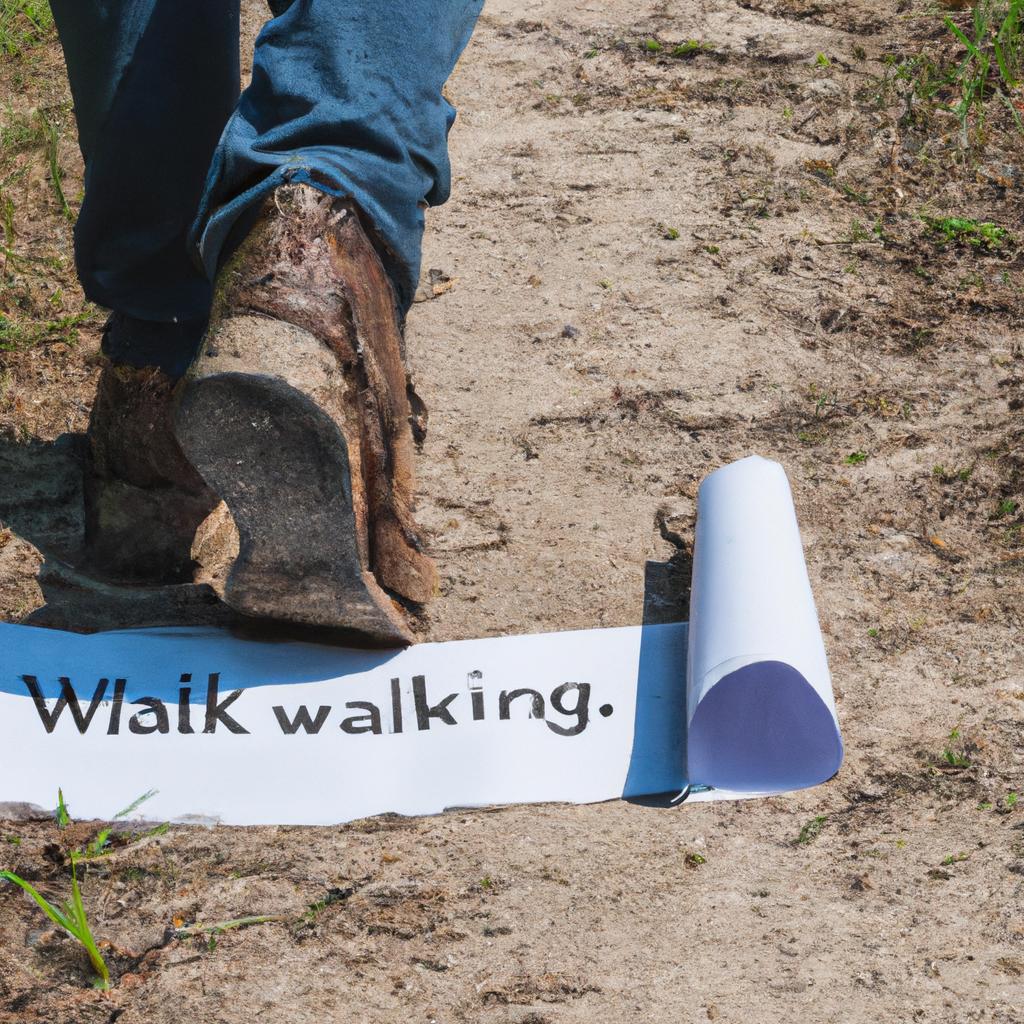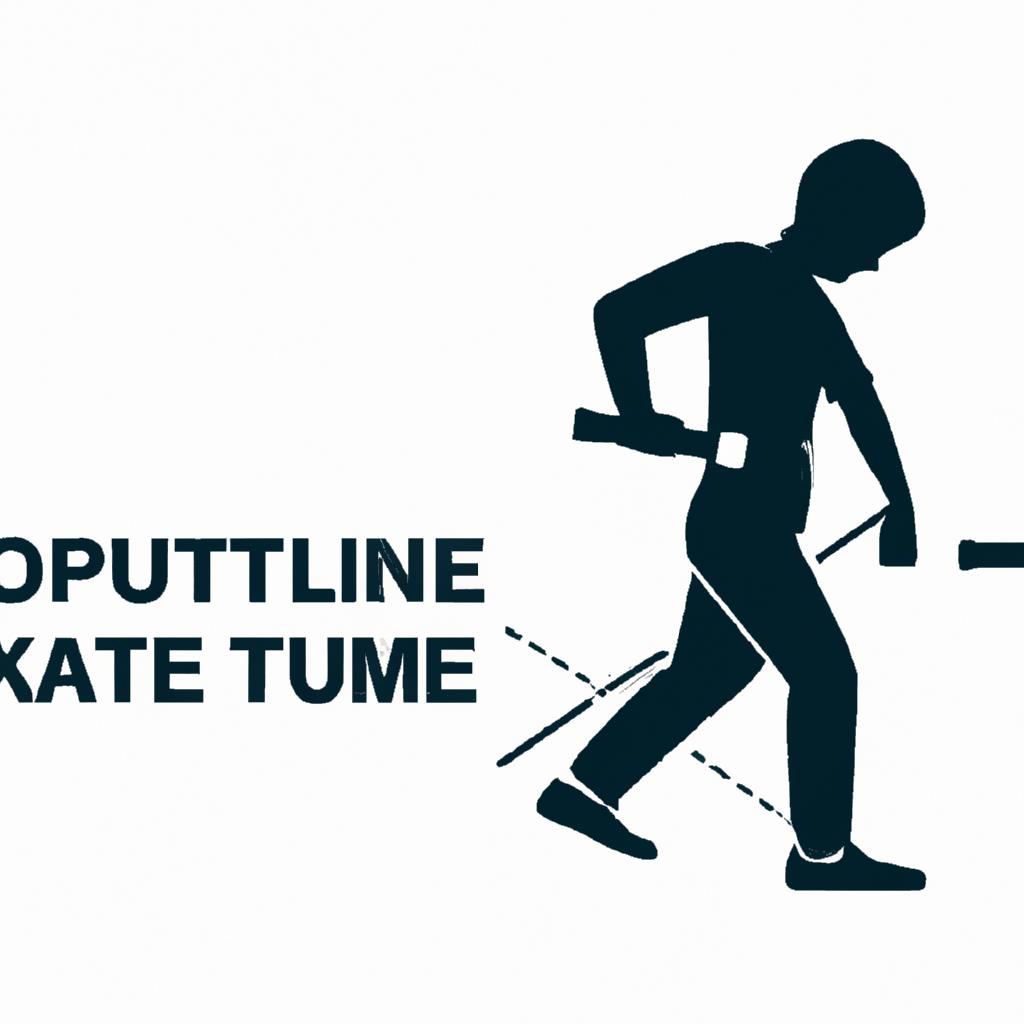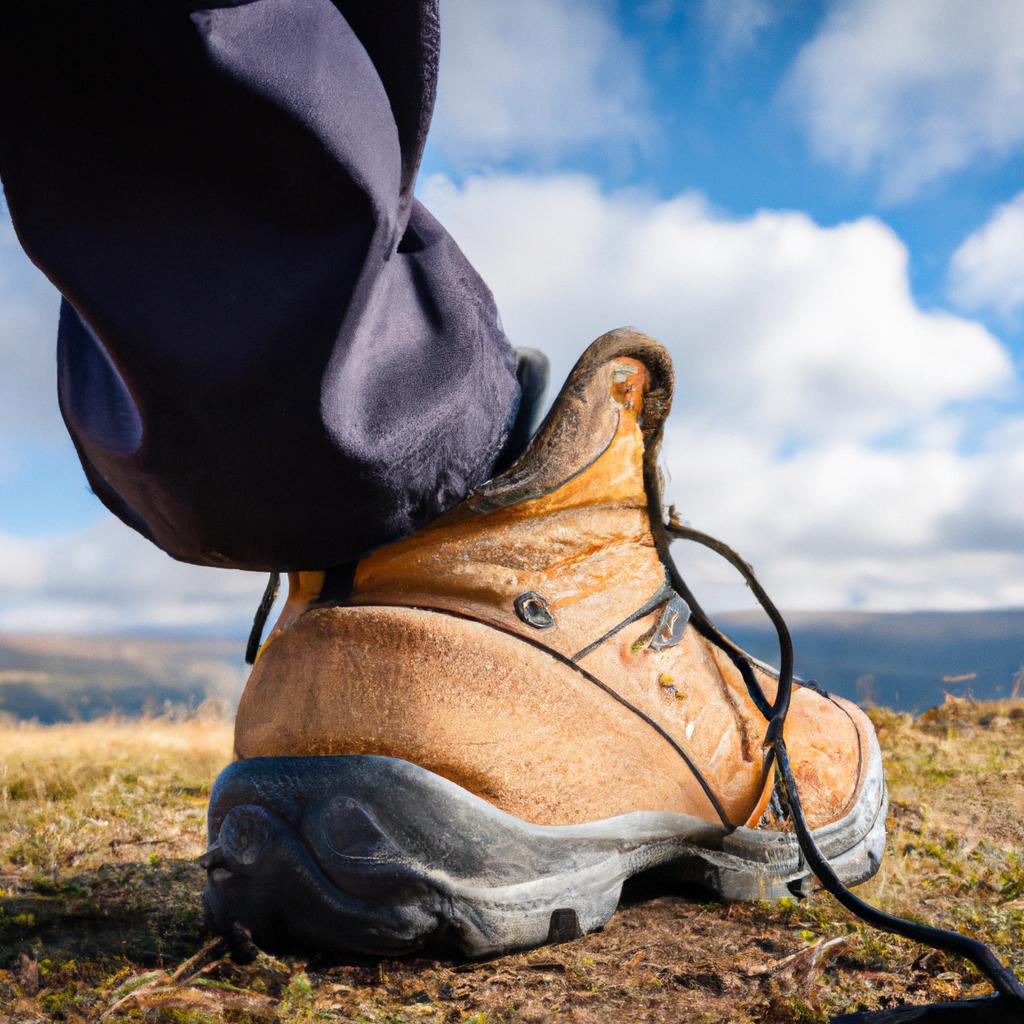
In an age where the hustle and bustle of daily life often overshadows our well-being, the simple act of walking emerges as a beacon of hope for fitness enthusiasts and health-conscious individuals alike. “Step into Health: The Balancing Act of Walking for Fitness and Joint Care” invites readers to explore the multifaceted benefits of this fundamental activity. Whether it’s a leisurely stroll through a sun-dappled park or brisk walking on a treadmill, each step not only contributes to improved fitness but also plays a crucial role in maintaining joint health. As we delve into the intricacies of walking—its advantages, precautions, and tips for enhancing your routine—we aim to strike a harmonious balance between effective exercise and mindful care for our body’s vital support systems. Join us on this journey to discover how one of the most natural forms of movement can pave the way to a healthier, more vibrant you.
Exploring the Dual Benefits of Walking for Fitness and Joint Health
Walking serves as a gentle yet effective workout, offering a synergy between cardiovascular fitness and the nurturing care of your joints. As a low-impact exercise, it accommodates people of all ages and fitness levels, encouraging them to step out and discover the benefits without overwhelming their bodies. One of the most appealing aspects of walking is that it can be easily tailored to fit one’s personal pace and preferences, enabling individuals to set realistic goals while fostering consistency in their fitness routine.
The benefits of walking extend beyond mere physical fitness, providing a sanctuary for joint health. Regular walking promotes the circulation of synovial fluid, a natural lubricant for joints, thereby enhancing mobility and reducing stiffness. Moreover, walking strengthens the surrounding muscles, which in turn supports the joints and may alleviate discomfort related to conditions such as osteoarthritis. Here are some compelling reasons to lace up those shoes:
- Strengthens Muscles: Improves stability around joints.
- Enhances Flexibility: Keeps joints limber through regular movement.
- Boosts Mood: Releases endorphins that contribute to overall well-being.
- Encourages Social Interaction: Walking can be enjoyed in groups, fostering connections.

Techniques to Optimize Your Walking Routine for Joint Care
To maximize the benefits of walking while safeguarding your joints, it’s essential to incorporate a variety of techniques into your routine. Start by **choosing the right footwear**; look for shoes that offer ample cushioning, arch support, and a comfortable fit. This will help absorb shock and reduce pressure on your joints. Additionally, consider walking on softer surfaces such as grass or rubber tracks, which can also decrease impact. Implementing **dynamic warm-ups** before walking can further prepare your muscles and joints, enhancing mobility and reducing the risk of injury. Simple movements like leg swings, hip circles, or ankle rolls can be beneficial.
Another key technique involves **varying your walking pace and terrain**. Alternating between brisk walking and slower paces not only elevates your heart rate but also engages different muscle groups, promoting joint health. Exploring varied terrains—such as inclines, declines, or even walking in sand—can strengthen your leg muscles and stabilize your joints while providing a more engaging experience. Lastly, integrating **strength training exercises** into your weekly routine can provide significant support to your joints, as stronger muscles help stabilize and protect them. Here are some effective exercises to consider:
| Exercise | Reps/Sets |
|---|---|
| Bodyweight Squats | 3 sets of 10-15 reps |
| Wall Sits | 3 sets of 30 seconds |
| Lunges | 3 sets of 10 reps each leg |
| Calf Raises | 3 sets of 15 reps |

Choosing the Right Footwear and Terrain for Effective Walking Sessions
When embarking on a walking routine, the footwear you choose can significantly impact your experience and results. Quality shoes are designed to offer maximum support, cushioning, and stability, tailored to accommodate the unique dynamics of your feet. Look for shoes with **flexibility** to allow natural movement, **breathable materials** to keep your feet comfortable, and **adequate arch support** to maintain proper alignment. Consider these essential features when making your selection:
- Cushioning: Opt for shoes that provide appropriate cushioning based on your walking intensity.
- Fit: Ensure your shoes fit well, allowing enough room for your toes to move without slipping.
- Durability: Choose high-quality materials that withstand the rigors of daily walking.
In addition to choosing the right footwear, the terrain on which you walk plays a crucial role in promoting joint care. Different surfaces can present various challenges and benefits; therefore, understanding which terrain works best for you is vital. Walking on softer surfaces, like grass or dirt trails, can significantly reduce the impact on your joints compared to hard surfaces like concrete or asphalt. Here’s a simple comparison of common walking terrains:
| Terrain Type | Benefits | Considerations |
|---|---|---|
| Grass | Soft impact, natural cushion | Uneven surfaces may require extra attention |
| Dirt Trails | Gentler on joints, scenic views | Can be muddy or slippery |
| Concrete | Stable, predictable surface | Higher impact on joints |
| Sand | Strengthens muscles, soft impact | Can be challenging for balance |
In Conclusion
As we conclude our journey through the intricate relationship between walking, fitness, and joint care, it becomes clear that this seemingly simple activity is a powerful tool for enhancing our overall well-being. Walking serves as a bridge between the physical and mental realms, offering a harmonious blend of mobility and mindfulness. By embracing the art of mindful walking, we not only invigorate our bodies but also nurture our joints, promoting longevity and vitality.
In navigating the balancing act of incorporating walking into our fitness routines, it’s essential to listen to our bodies, respecting their limits while gently encouraging progress. Whether you’re taking leisurely strolls through your neighborhood or embarking on scenic hikes, remember that every step contributes to a healthier, more balanced lifestyle.
Ultimately, walking is more than just a form of exercise; it is a celebration of movement that invites us to connect with our surroundings, our bodies, and ourselves. So, lace up your shoes, find your rhythm, and step into the vibrant world of health that awaits you—one footfall at a time.

